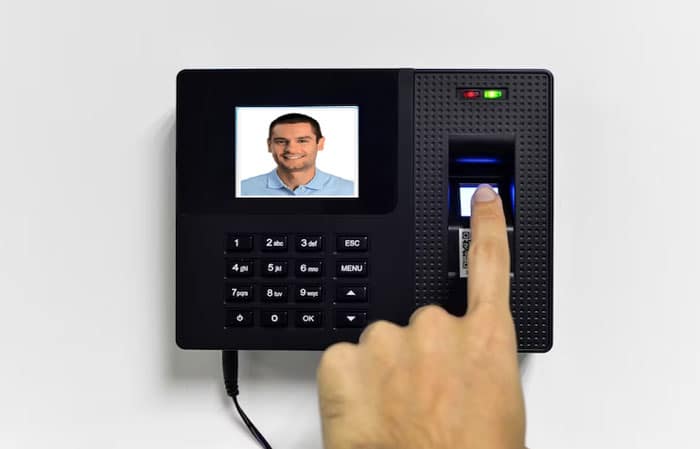When you enter the office and enterprises, you may also see attendance systems where employees punch on a device or scan in front of the camera. Office attendance systems and software are tools that help organizations monitor and manage the presence and performance of their employees.
Table of Contents
Advantages of Using Office Attendance Systems and Software for Your Business
These tools can provide various benefits, such as:
- Improving accuracy and efficiency: Office attendance systems and software can eliminate the errors and hassles of manual attendance recording, such as paper-based registers, punch cards, or spreadsheets. These tools can automatically capture and store the data of when and where employees clock in and out, how many hours they work, and what tasks they complete. This can reduce the risk of fraud, human error, or miscommunication, and save time and resources for both employers and employees.
- Enhancing productivity and accountability: Office attendance systems and software can also help to track and analyze the productivity and performance of employees, by measuring their output, quality, progress, and feedback. These tools can provide real-time insights and reports on how employees are spending their time, how they are meeting their goals, and how they are contributing to the organization’s objectives. This can help to identify strengths and weaknesses, reward achievements, provide coaching, and improve accountability.
- Simplifying payroll and compliance: Office attendance systems and software can also facilitate the calculation and processing of payroll, by integrating with other systems such as accounting, HR, or tax. These tools can automatically generate accurate timesheets, invoices, payslips, and deductions based on the attendance data of employees. This can ensure that employees are paid fairly and timely and that the organization complies with the relevant laws and regulations regarding wages, taxes, benefits, overtime, leave, etc.
- Increasing employee satisfaction and engagement: Office attendance systems and software can also improve the employee experience, by offering flexibility, transparency, convenience, and recognition in your office or business storage unit. These tools can allow employees to clock in and out from any device or location, access their attendance records and reports anytime and anywhere, request time off or adjustments easily and quickly, and receive feedback and rewards for their work. This can enhance employee autonomy, trust, communication, motivation, and loyalty.
There are many types of office attendance systems and software available in the market, each with different features, functions, prices, and suitability. Some of the most popular ones are:
Biometric attendance systems
These are devices that use biometric features such as fingerprints, facial recognition, iris scanning, or voice recognition to identify and authenticate employees. These systems are highly secure, accurate, and convenient, as they do not require any cards or passwords. However, they can also be expensive, complex, or prone to technical issues or privacy concerns. Some examples of biometric attendance software and systems are BioMax, ZKTeco, Realtime, etc.
Time tracking software
These are applications that use software or web-based platforms to record and manage the time spent by employees on various tasks or projects. This software can also integrate with other tools such as calendars, invoices, reports, or payroll. These software are flexible, customizable, and easy to use, as they can be accessed from any device or browser. However, they can also be unreliable, inaccurate, or dependent on internet connectivity. Some examples of time-tracking software are Time Doctor, Clockify, TimeCamp, etc.
Attendance management software
These are solutions that combine both hardware and software components to provide a comprehensive system for managing all aspects of employee attendance, such as clocking in and out, leave management, payroll management, reporting and analytics, etc. These solutions are scalable, integrated, and versatile, as they can cater to different sizes and types of organizations and industries. However, they can also be costly, complicated, or incompatible with existing systems. Some examples of attendance management software are Zoho People, BambooHR, Keka HR, etc.
In conclusion, office attendance systems and software are valuable tools that can help organizations monitor and manage the presence and performance of their employees. These tools can provide various benefits, such as improving accuracy and efficiency, enhancing productivity and accountability, simplifying payroll and compliance, and increasing employee satisfaction and engagement. However, these tools also have different types, features, functions, prices, and suitability, so it is important to choose the one that best fits the needs and budget of the organization.

